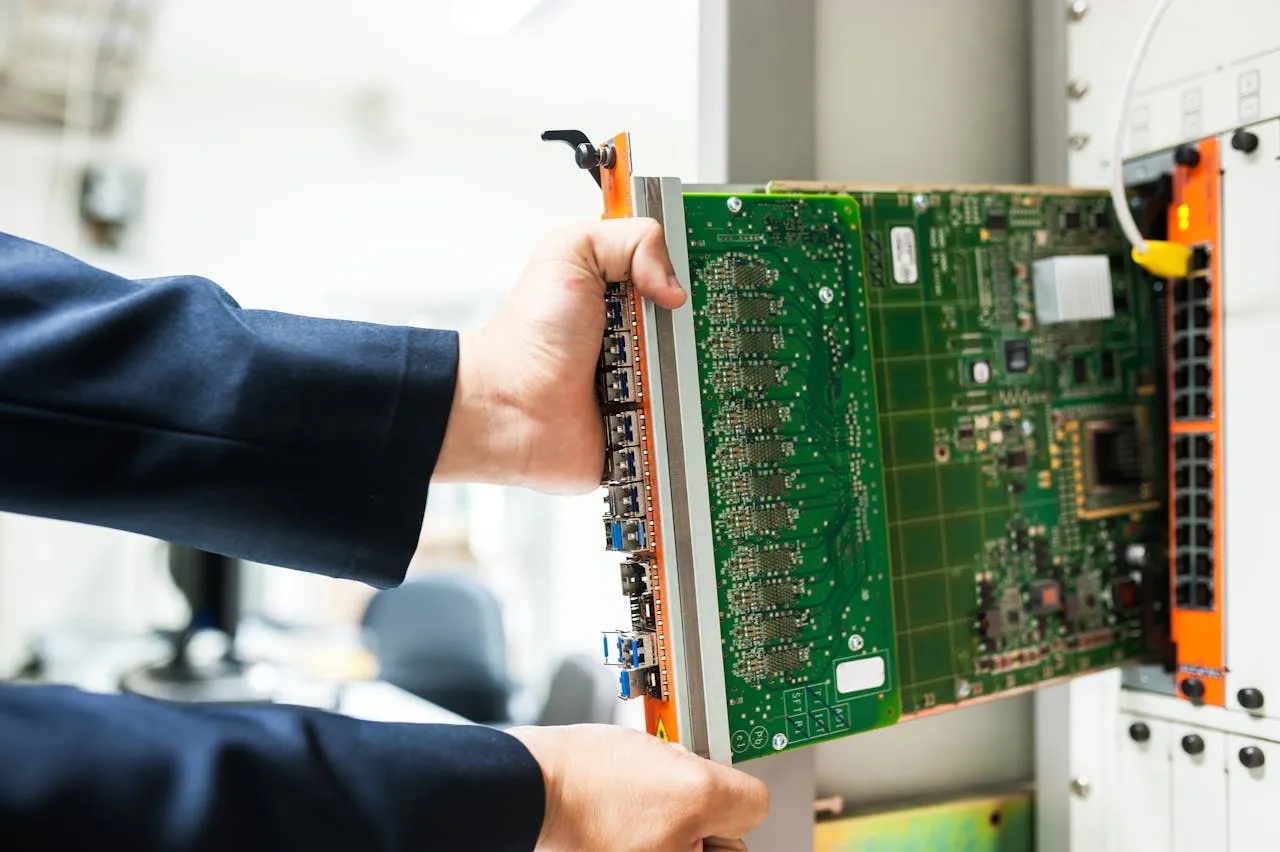
Sumitomo Electric Successfully Demonstrates Dynamic GPU Allocation Across Servers Using Optical Circuit Switch Technology
As the demand for generative AI and high-performance computing continues to grow, so does the need for more efficient and flexible infrastructure to support it. Graphics processing units (GPUs), which are central to AI workloads, have been rapidly advancing in performance. However, with higher computational power comes increased thermal output, making cooling a major challenge. Simultaneously, ensuring operational efficiency across computing environments has become more critical than ever.
In response to these challenges, Sumitomo Electric Industries, Ltd. has been working toward the realization of a Composable Disaggregated Infrastructure (CDI)—an innovative architecture that decouples key computing resources such as GPUs, CPUs, memory, and storage devices. Traditionally, these components are tightly integrated on a single board and connected electrically. CDI, in contrast, enables these resources to be physically separated and interconnected dynamically, based on computational needs. This disaggregation not only promotes resource efficiency but also offers infrastructure flexibility that is ideal for AI and data-intensive applications.
Key Breakthrough: Optical Signal Conversion for CDI Realization
In a recent successful demonstration, Sumitomo Electric proved the viability of CDI by optically converting the communication signals between the CPU and GPU. This was achieved using an optoelectronic conversion card that replaced conventional electrical signal paths. This breakthrough allows computing components to be physically separated by large distances—up to one kilometer—without compromising performance.
For this proof-of-concept, two servers were connected to a remote GPU expansion box inside a commercial data center. The connection utilized an optical circuit switch, allowing GPUs to be dynamically allocated to different servers in real-time based on computational demand. Importantly, this system employed the widely used PCI Express (PCIe) communication protocol, and successful operation was confirmed at both 2-meter and 1-kilometer distances.
This optical approach has profound implications for AI data centers, especially considering the high thermal loads generated by modern GPUs. Since GPUs will likely require advanced cooling solutions such as liquid cooling systems, they can be housed in specialized facilities optimized for heat dissipation. Meanwhile, CPUs and other components can remain in standard server rooms. By separating these elements via optical interconnects, organizations can avoid the high capital investment of upgrading entire data centers, focusing instead on cooling only the most thermally intensive components.
Optical Circuit Switches: Future-Ready Infrastructure
A major advantage of optical circuit switches is their agnostic nature toward communication protocols. This means that as server and GPU technologies evolve, introducing new communication standards, the optical switches used in CDI systems will continue to support them without modification. This flexibility ensures long-term compatibility and future-proofs the infrastructure.
Sumitomo Electric’s demonstration illustrates that optical circuit switches are not only feasible but are highly advantageous in meeting the growing performance and sustainability demands of AI infrastructure. The ability to dynamically switch GPU resources between servers on demand enables GPU-as-a-Service (GPUaaS) models and high levels of resource utilization—reducing waste and enhancing scalability.
Collaborative Technology Stack
The demonstration leveraged advanced components from several partners to build a fully integrated and operational CDI system. Key participants included:
- Xtreme-D Inc., which provided the servers and the cloud-based AI/HPC platform service “Raplase” used to manage and operate the infrastructure.
- The National Institute of Advanced Industrial Science and Technology (AIST) of Japan, which contributed a silicon photonics-based optical circuit switch developed on its state-of-the-art 300-mm prototyping line.
- Dolphin Interconnect Solutions AS, which supplied specialized PCIe transmission cards that enable long-distance optical transmission of PCIe signals.
To optimize bandwidth usage and connection efficiency, the four PCIe optical signal lanes were bundled using a wavelength multiplexer and transmitted over a single optical fiber. This not only reduces the number of fiber connections required but also enhances the scalability of the optical switch infrastructure. All components were seamlessly integrated using Sumitomo Electric’s proprietary optical circuit switch control software, enabling smooth orchestration of all interconnected devices.
Industry Reactions and Endorsements
Naoki Shibata, Founder and CEO of Xtreme-D Inc., expressed strong support for the initiative:
“We are very interested in Sumitomo Electric’s efforts to promote CDI technology through this demonstration. As a provider of AI/HPC platform services to our customers, we expect this solution to become a critical component of our GPUaaS offering. The combination of cost-effectiveness, dynamic component switching, and high performance holds significant promise. We look forward to its early market introduction and are committed to supporting its continued development through our Raplase platform.”
Kazuhiro Ikeda, Deputy Research Director of the Photonics-Electronics Integration Research Center at AIST, emphasized the broader implications of the technology:
“This demonstration validates the use of silicon photonics-based optical switches to achieve power-saving and high-efficiency AI clusters. With the inherent advantages of protocol independence, high-speed capability, and integration, we see this as a foundation for next-generation AI processing systems. AIST will continue collaborating with industry leaders to strengthen Japan’s global competitiveness in advanced data center technology.”
Hugo Kohmann, CEO of Dolphin Interconnect Solutions AS, commented:
“We are proud that our PCIe transmission cards contributed to realizing Sumitomo Electric’s CDI demonstration. We believe this new solution will significantly lower the capital and operational costs for AI workloads and contribute to sustainable digital infrastructure. Dolphin remains committed to developing cutting-edge technologies and driving innovation alongside our partners.”




